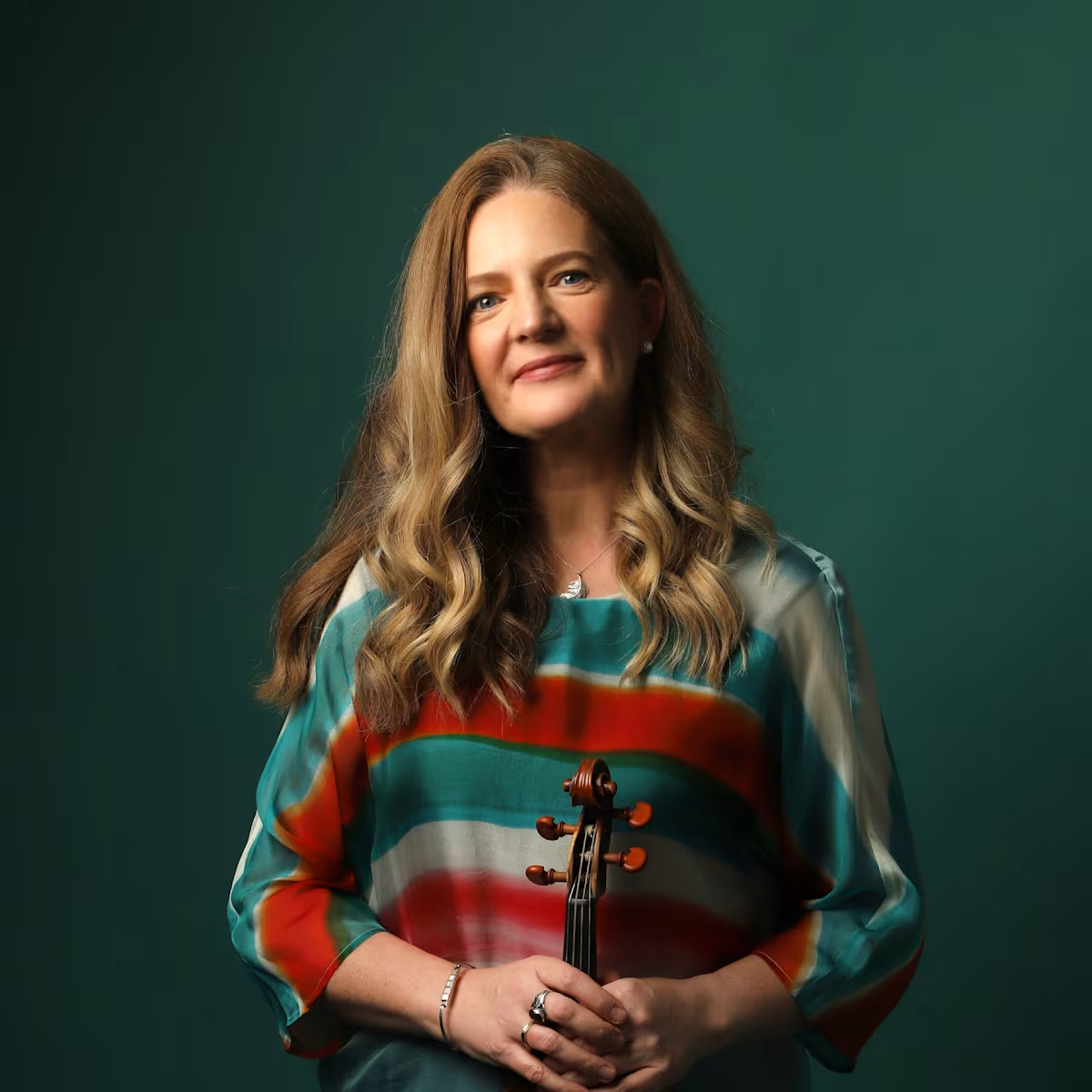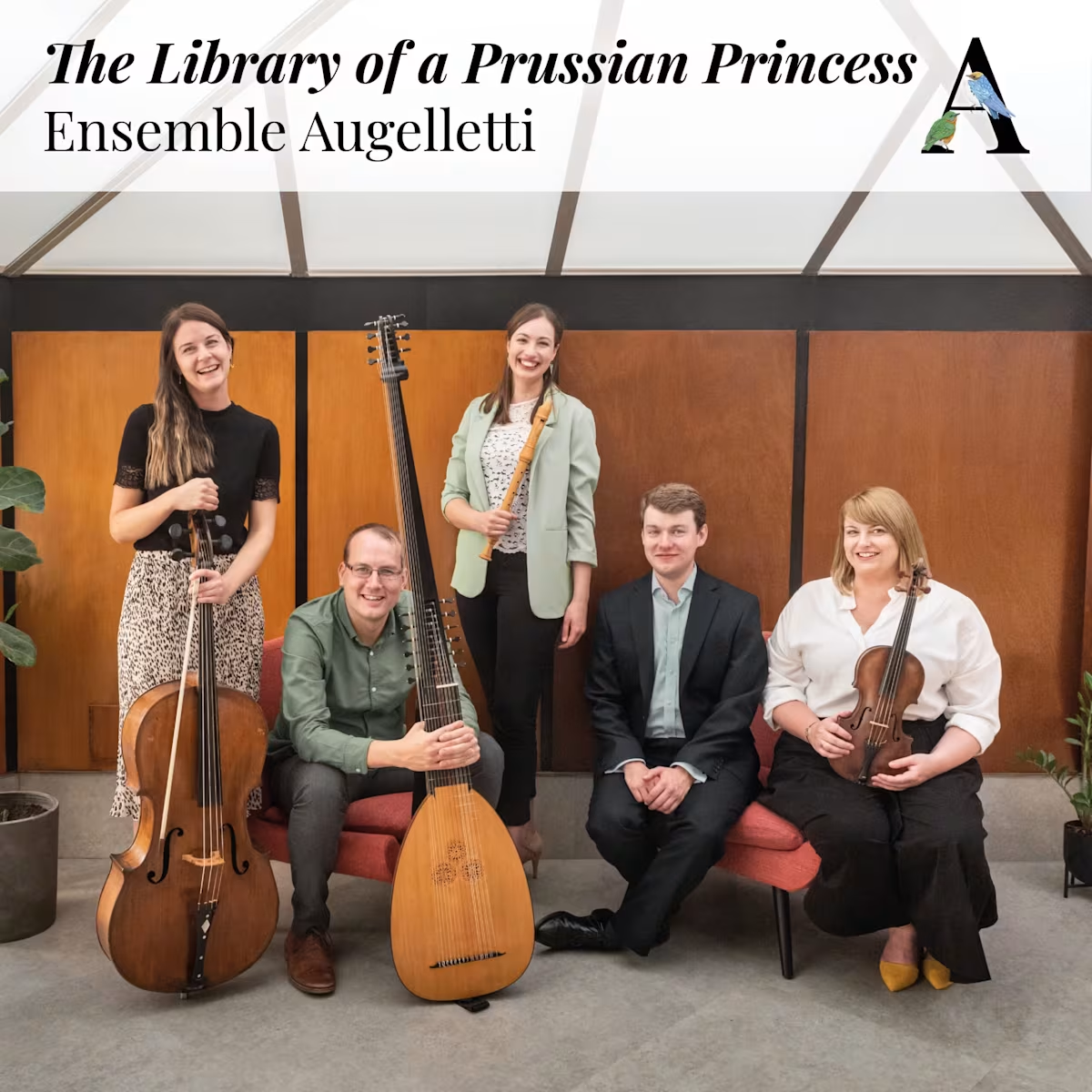Feature
On A Personal Note
Share this

Described as playing with ‘glowing conviction’ (Financial Times) and a ‘ravishing tone and depth of timbre’ (The Independent), Jane’s musical activities span classical concerti, solo recitals, a wide variety of chamber music, and she is leader of La Nuova Musica. Jane is also artistic director of the Hastings Early Music Festival. As a member of the Rautio Trio, Jane is busy preparing for the launch of their new album of Beethoven Trios (volume 2 of the complete cycle of Beethoven Piano Trios) on Resonus Classics, supported by Continuo Foundation. This recording forms part of their wider project to record the complete cycle with fortepiano.
Jane, a violinist who is equally comfortable on metal and gut strings, shares her thoughts with Continuo Connect about her relationship with historical performance in general and the ‘new' sound world centred around the fortepiano.
If I had to choose, there is no question which composer I’d take to my desert island. My love for Beethoven’s chamber music started when I first heard his string quartets as a teenager. Discovering the scope of expression and depth of emotion that Beethoven could create from four string parts was a revelation. His violin concerto, piano chamber music and symphonies were equally enthralling. As I return time after time to perform Beethoven, I feel the evolution of my relationship with his music and how it provides me with a source of inspiration, excitement and contentment (after overcoming a good deal of satisfying struggle). It is a joy to be exploring his piano trios on fortepiano with the Rautio Trio.
My relationship with historical performance goes back to my formative student years at the Royal College of Music (RCM) and later Royal Academy of Music (RAM). I had listened to period instrument recordings (John Eliot Gardiner, Trevor Pinnock, Roger Norrington) and jumped at the chance to try baroque violin as soon as taster sessions were on offer in my first term. Looking back, it was pivotal to be exposed at that stage to a new way of thinking about performance, and to be challenged about how to play music authentically. It has since shaped how I approach all performance, regardless of the whether or not it’s on a modern or historical violin set-up. The UK has a thriving period instrument scene and the players I work with share the same curiosity and passion for exploring every possibility the score might suggest.
Despite performing on gut strings for nearly two decades, bringing the fortepiano into this work with the Rautio Piano Trio has come a little later. This is partly because availability and access to high quality instruments is becoming easier, thanks especially to the replica fortepianos by leading maker Paul McNaulty (used for this recording). Also, audiences are becoming more accustomed to the sound of historical pianos.
We are now seeing concerts taking place outside early music festivals and given by renowned pianists who have chosen not to play a typical modern grand piano.
One such performer is András Schiff, who is leading the way to entice listeners into our historic sound world. His sublime recording of the Brahms piano concertos was made on an 1859 Blüthner. Other wonderful collaborations are being led by Isabelle Faust, Melnikov and Queyras who have recorded Schumann chamber music on an 1847 Streicher.
Together with cellist Victoria Simonsen, I found that adapting to the timbre of the fortepiano has become a catalyst for creating a more intimate quality to the music-making. Compared with the modern piano, a much more fragile, mercurial sonority is generated which, in my opinion, is an entirely appropriate and beautiful sound for Beethoven. As an ensemble, textures are far more transparent which allows for a greater range of articulation and phrasing nuances to shine through. The balance between strings and piano is quite the opposite to the modern set-up. This is reflected in the scoring: in the early opus numbers the cello often supports and reinforces the left hand of the fortepiano (with only an occasional solo permitted!) and the violin writing is sensitive to the keyboard’s sonic qualities. It was a revelation having to take care not to overwhelm the clarity of the melodic material in the right hand of the pianist. I loved having the scope to create greater dynamic contrast between melodic material and accompanying figures without the need to project over a modern piano.
Playing on gut strings allows me to draw out a more distinctive colour in each register across the violin.
The earthy g string contrasts more with the clarity of the pure gut e string (which is less shrill than the metal e). Unlike modern violin technique, where players seamlessly blend from one register to the next and use shifting to keep melodies on one string, the fingering patterns I use on gut are often staying in lower positions and crossing strings. I enjoy the voicing and clarity of timbre that emerges from the distinctive gut string sound. The lighter classical bow fits the slur groupings and the phrasing becomes more intuitive. Interestingly, it feels like a more effortless playing style for Beethoven compared with on my modern violin.

As the Trio grew accustomed to this ‘new' sound world centred around the fortepiano, we felt we developed a renewed clarity in our understanding of Beethoven’s writing style, voicing and musical intent. The historical approach has enriched our playing; it has encouraged us to develop a distinctly individual soundscape for Beethoven.
The pioneers of the early music movement have undoubtedly made a profound impact on today’s musical world. Current musicologists continue to pave the way for fascinating historical exploration, and their insights permeate beyond the early music world. For the Rautio Trio, we are looking forward to discovering what will fuel our imaginations as we delve into Beethoven’s middle period for our next CD.
The new Beethoven album is available to buy here and on all major streaming services.
Share this
Keep reading

Sarah Small: Tuning into climate change
Acclaimed British viola da gamba player Sarah Small reflects on the highlights and challenges of her successful 4,500km 'Good Again?' concert tour.

In conversation: Rachel Podger
Continuo Connect meets the superstar of the Baroque violin, Rachel Podger, internationally renowned interpreter of Baroque and Classical music.

The Library of a Prussian Princess
The Library of a Prussian Princess - a recording by Ensemble Augelletti of music associated with Anna Amalia.

